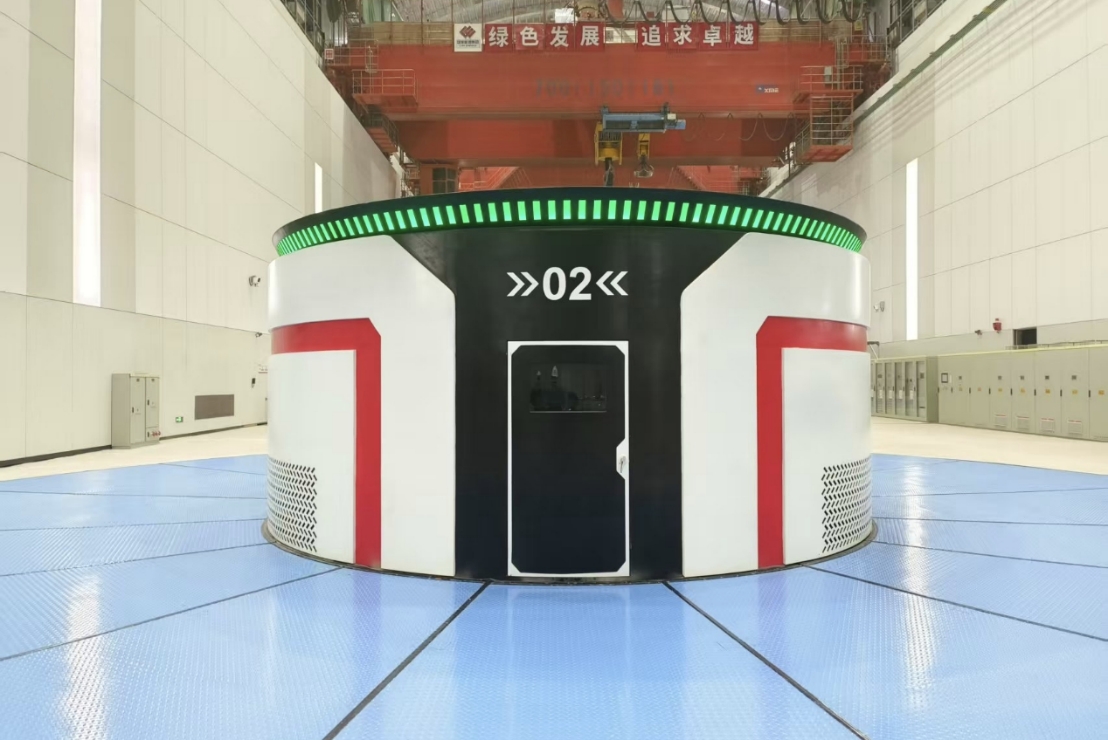
On May 28, the Ma'erdang Hydropower Station in Qinghai Province successfully completed the country's first trial of pressurized-water phase-modulation technology on a large hydroelectric generating unit.

Originally introduced to the station in October 2023, this technology uses compressed air to forcibly lower the water level in the draft tube, enabling the turbine runner to spin above the water level. This facilitates seamless switching between power generation and phase-modulation operational modes. During dry seasons, units can instantly enter phase-modulation operation to enhance cross-regional power transmission capacity. In flood seasons, the focus shifts to power generation and flood control, significantly boosting the station's operational flexibility.
Test data shows that the mode transition for Ma'erdang's Unit No. 2 took only 78 to 131 seconds. In phase-modulation mode, it achieved a sustained reactive power absorption depth of 280 MVAr, with a short-term peak of 420 MVAr, while maintaining stable operation for 24 consecutive hours. All unit parameters exceeded design specifications during testing: stator winding temperature rise remained below 8 °C, turbine seal ring temperature rise was under 16 °C, and air leakage was controlled within 2.1 cubic meters per hour.
This technology will strengthen the operational regulation capacity of hydropower stations throughout the Yellow River basin and reinforce grid voltage support. It is projected to increase the grid's new energy absorption capacity by 300 MW and reduce annual electricity losses by approximately 70 million kWh, playing a vital role in ensuring the secure and stable operation of the power grid.